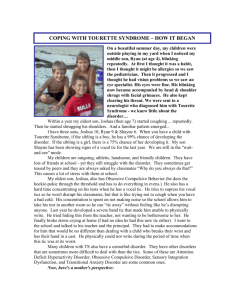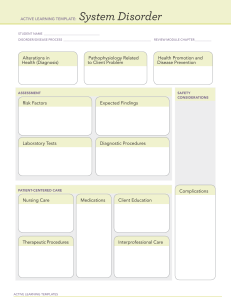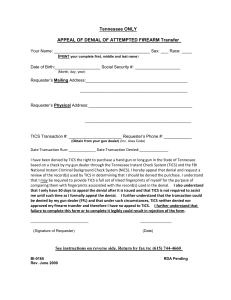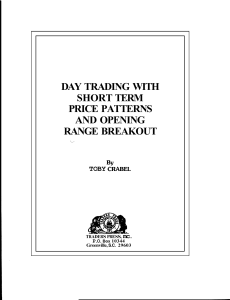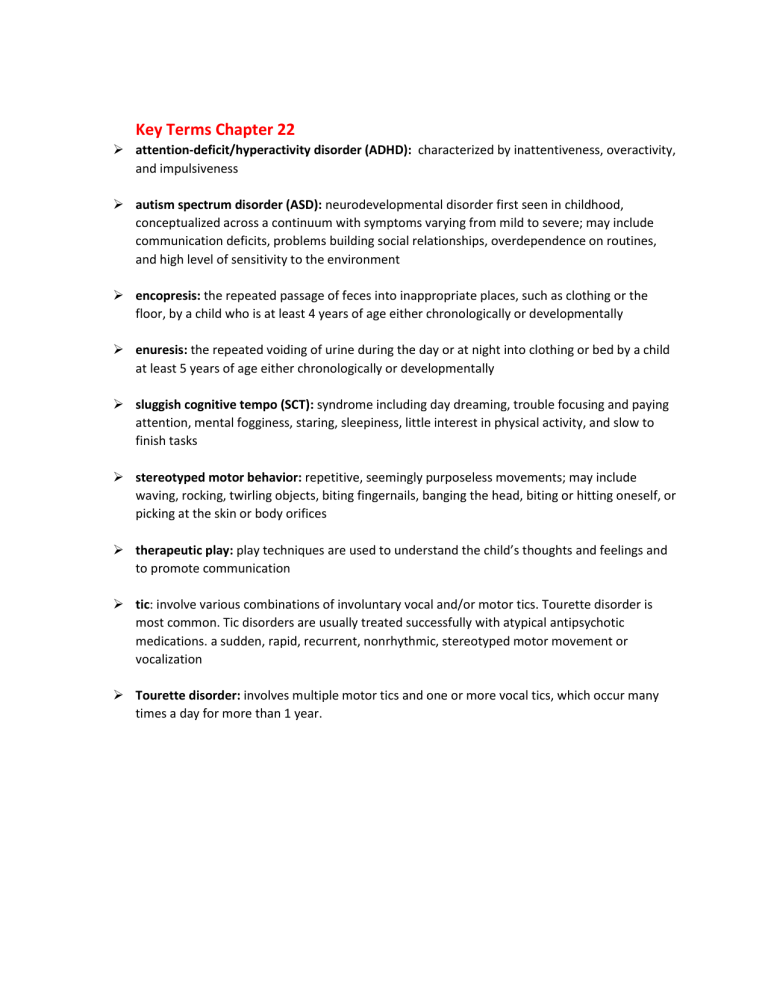
Key Terms Chapter 22 attention-deficit/hyperactivity disorder (ADHD): characterized by inattentiveness, overactivity, and impulsiveness autism spectrum disorder (ASD): neurodevelopmental disorder first seen in childhood, conceptualized across a continuum with symptoms varying from mild to severe; may include communication deficits, problems building social relationships, overdependence on routines, and high level of sensitivity to the environment encopresis: the repeated passage of feces into inappropriate places, such as clothing or the floor, by a child who is at least 4 years of age either chronologically or developmentally enuresis: the repeated voiding of urine during the day or at night into clothing or bed by a child at least 5 years of age either chronologically or developmentally sluggish cognitive tempo (SCT): syndrome including day dreaming, trouble focusing and paying attention, mental fogginess, staring, sleepiness, little interest in physical activity, and slow to finish tasks stereotyped motor behavior: repetitive, seemingly purposeless movements; may include waving, rocking, twirling objects, biting fingernails, banging the head, biting or hitting oneself, or picking at the skin or body orifices therapeutic play: play techniques are used to understand the child’s thoughts and feelings and to promote communication tic: involve various combinations of involuntary vocal and/or motor tics. Tourette disorder is most common. Tic disorders are usually treated successfully with atypical antipsychotic medications. a sudden, rapid, recurrent, nonrhythmic, stereotyped motor movement or vocalization Tourette disorder: involves multiple motor tics and one or more vocal tics, which occur many times a day for more than 1 year.
